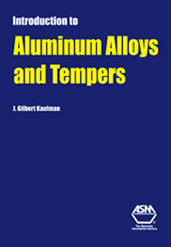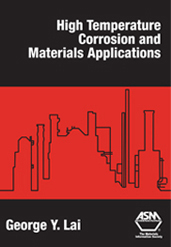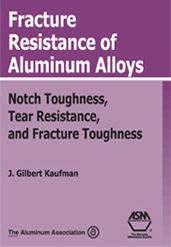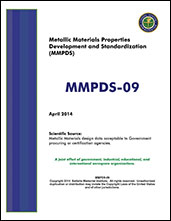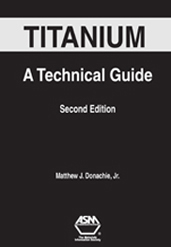Book

Powder Metallurgy Stainless Steels: Processing, Microstructures, and Properties
2007-06-01
Progress in the understanding of corrosion and corrosion resistance properties of sintered stainless steels has lead to new applications that benefit from net shape processing and more efficient material utilization. Powder Metallurgy Stainless Steels includes extensive graphics, and tabular summaries provide a comprehensive reference to obtain good corrosion resistance properties of sintered stainless steels with careful processing, starting with powder selection, avoidance of contamination, efficient delubrication, and controlled sintering and cooling. Contents cover: Metallurgy and Alloy Compositions, Manufacture and Characteristics of Stainless Steel Powders, Compacting and Shaping, Sintering and Corrosion Resistance Alloying Elements, Optimal Sintering, and Surface Modification in PM Stainless Steels Mechanical Properties, Magnetic and Physical Properties, Corrosion Testing and Performance, Secondary Operations, and Applications.


